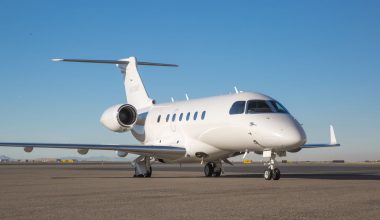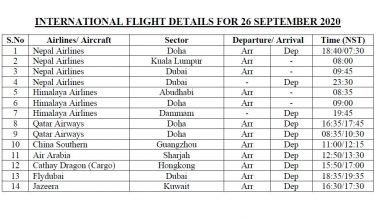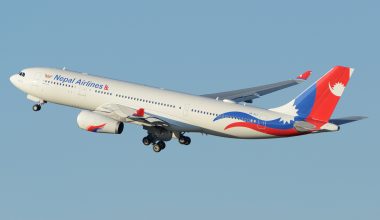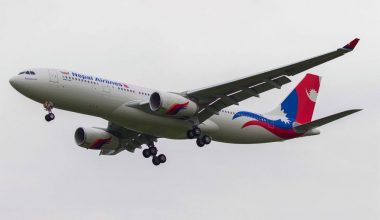Preparations have been made for the calibration of the long-awaited Pokhara International Airport. The aircraft of the Thai company arrived in Pokhara on Saturday morning to perform the calibration flight.
Vinesh Munkarmi, head of the Pokhara International Airport project, informed us that the preparatory work for the calibration flight is complete. The calibration flight is planned for Monday, November 21, to November 28.
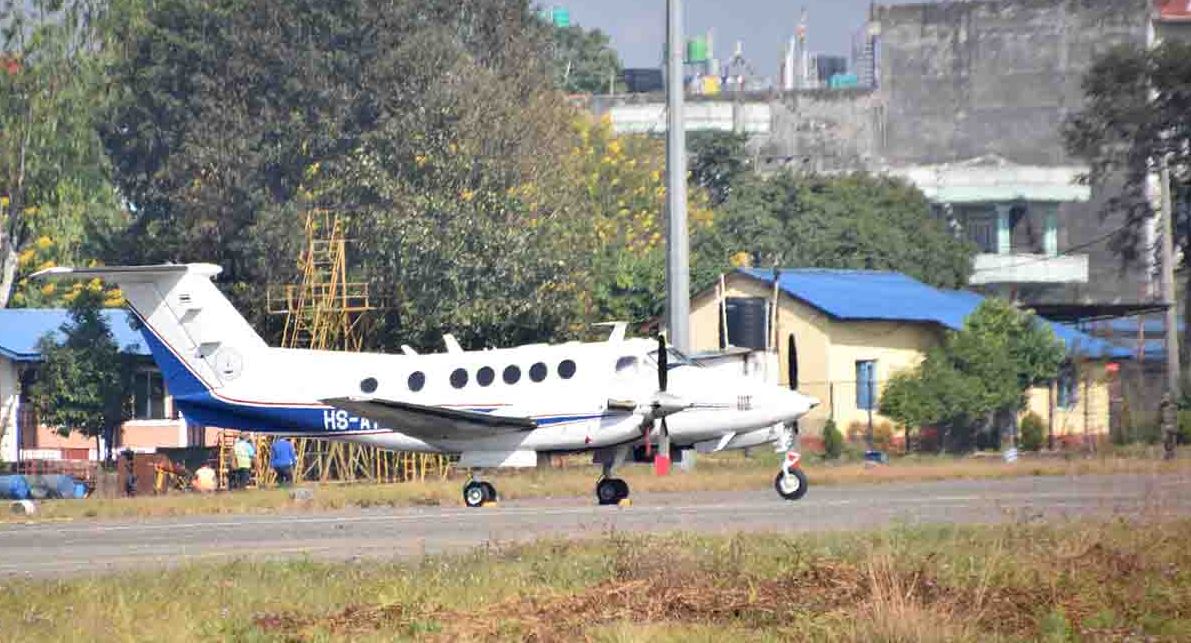
Anup Joshi, member secretary of the Pokhara International Airport operation team, informed us that calibration flights would be held every day from 10 am to 1 pm and from 2:30 to 5:30 pm.
He also said that the expert is doing the necessary equipment checks for the calibration flight. Regular flights will be affected during the calibration flight.
Also Read: 98% work completed in Pokhara International Airport; set to open on January 1, 2023
Before the start of regular flights, a calibration flight will be conducted to verify the airport in every aspect.
Bird management challenges due to landfill sites
There is a landfill site within three kilometers of the international airport. The activities of predatory birds of various species are more frequent around the landfill site.
Due to the airport’s proximity to a landfill site, bird activity may be seen on the runway.
Since it takes at least six months for the birds to get used to going elsewhere, the ornithologists have suggested that the landfill site be cleaned at least six months before the airport comes into operation.
The landfill site remains unchanged even as the calibration flight is being prepared. Because of this, bird activity has emerged as a challenge.
Munkarmi also said that they had requested the Metropolitan Corporation to stop dumping garbage at the landfill site from November 21 to prevent bird activity during the flight.
Dhanraj Acharya, Mayor of Pokhara Metropolitan City, said they would stop throwing garbage at the landfill site before the calibration flight. He also said that finalizing the structure for the new landfill site is in the final stage.
To mitigate the danger posed by birds, the dead cattle brought by the Vijaypur river near the international airport must be promptly removed.
Another problem is getting all the snakes out of the river so the vultures will go elsewhere. This is important because the Vijaypur river is where planes take off and land.
The lousy practice of dumping dead dogs, chickens, and meat leftovers into the Seti river, which runs through the airport facilities, should be stopped.
Rithepani hill
As an impediment to international flights, the Rithepani hill on the east side of the airport is also being eliminated. According to the project, about 16 meters of hills have been cut so far.
The staff said there wouldn’t be a problem in the calibration flight as 16 meters of the hill had been cut. He also said that as the hill-cutting work is going on continuously, the necessary 40 meters of hill-cutting will be done soon.
The infrastructure of the fuel depot has yet to be built; it will be brought and operated from the old airport.
Although the airport is in final preparations for the operation, the construction of the fuel depot in the airport premises has yet to start.
Since the depot’s construction has yet to start, the project is being prepared to bring fuel from Pokhara Airport until the infrastructure of the fuel depot is built. The project said the contract process for building the depot was completed recently.
The Ministry of Culture, Tourism and Civil Aviation has already announced that commercial flights will be started from Pokhara International Airport from January 1 of the upcoming New Year 2023.
The Chinese construction company CAMC Engineering started the airport construction in November 2017. The deadline was extended by one year due to covid. The airport was ready and operational within the extended time limit.
The airport was built by a Chinese contractor company at the cost of about 22 billion rupees with the help of loans and grants from China’s Exim Bank.
In 2032 B.S., the government allotted 3100 ropani of land for the airport’s construction. Since then, it has repeatedly acquired 3,899 acres of land.
Only narrow-body aircraft with around 180 seats will be operated at the airport. Due to the construction of a small runway of 2500 meters in length, only narrow-body aircraft can operate.

